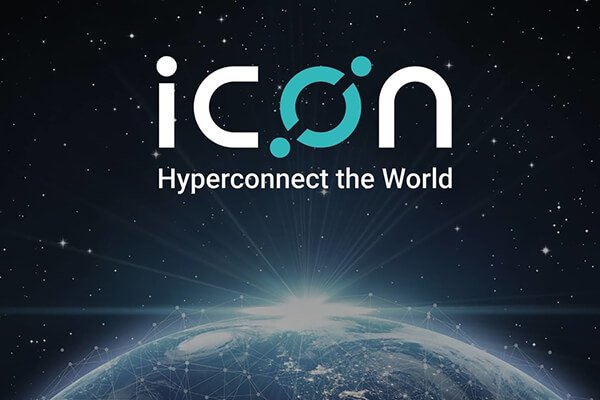

The ICON team has recently released a new yellow paper focusing on governance solutions for its smart-economy ecosystem.
ICON is a project that was born during the crazy ICO hype of 2017. It’s aiming to become a smart-contract and smart-economy platform – a sort of ecosystem for projects and companies to live within. In essence, ICON plans to connect the world in a truly decentralised manner.
The team has now released a new yellow paper, which works like a technical guide for technical folk.
The yellow paper highlights that with the growing popularity of decentralisation and staking, the ICON team has been making progress working out the finer details of its new IISS — ICON Incentives Scoring System.
Any decentralised project must contain a set of tools that easily allows a community of members to participate in consensus.
The new incentives model includes more details on the penalty system, a new ICX issuance system that creates a situation where ICX can be burned during high network activity, and a change in the transaction fee policy.
The key features of the yellow paper can be summed up as follows:
Let’s take a look at each area of improvement individually and how the new governance model will work.
IISS has introduced a system that burns tokens during high network activity and mitigates the amount of inflation on the ICON Network. When a block is produced, there will always be a certain amount of ICX required in order to reward the four different contributors in the ICON ecosystem: voters, representatives, dApps, and EEPs. With the new system in place, transaction fees will now be used to reward these four parties rather than being used as an additional incentive for P-Reps.
Additionally, if the amount of transaction fees within a block exceeds the amount of ICX necessary to reward all four parties, that excess ICX will be burned. As an example, assume that 10 ICX would be necessary to reward all four parties. If there were three ICX worth of transaction fees in the block, only 7 ICX would be minted. If there were 15 ICX worth of transaction fees in the block, then 5 ICX would be burned and no ICX would be minted. This creates a deflationary environment in the event of high network utilisation.
ICON’s penalty system now has a token burning component as well. There are three types of penalties outlined in the IISS paper: validation penalties, low productivity penalties, and disqualification penalties.
If a P-Rep suffers a low productivity penalty or a disqualification penalty, 6% of the delegation toward said P-Rep will be burned. This makes it extremely important for ICONists to delegate towards reliable and quality P-Reps. ICON encourages holders to delegate across multiple P-Reps to diversify the risk of having their tokens burned.
Finally, the Step Price – the base transaction fee on the ICON Network – is now easily adjustable via consensus of P-Reps on a Network Proposal (specifically a Step Price Proposal). ICON has included a specific proposal type into the ICON core service allowing P-Reps to vote to change the transaction fee, and the network will automatically implement the change once agreed upon. Previously, this would have required a hard fork.
The new yellow paper released by ICON does have deep governance model changes that aim to disrupt how the community of ICONists will participate in voting and general governance.
Personally, I think it’s quite important that users get to try new governance models and scientifically prove which are the best for the community.
Denver, Colorado, 24th February 2025, Chainwire
Denver, Colorado, 20th February 2025, Chainwire
Washington, D.C., 18th February 2025, Chainwire
Dubai, UAE, 27th January 2025, Chainwire
Those who enter the market at this time may be surprised to hear that Bitcoin…
George Town, Grand Cayman, 22nd November 2024, Chainwire